At CES 2025, Nvidia accelerates towards an AI-driven, robotic-powered autonomous future
Nvidia reveals a personal AI supercomputer, digital replicants of the physical realm, and chips to give cars and robots their long-awaited true autonomy
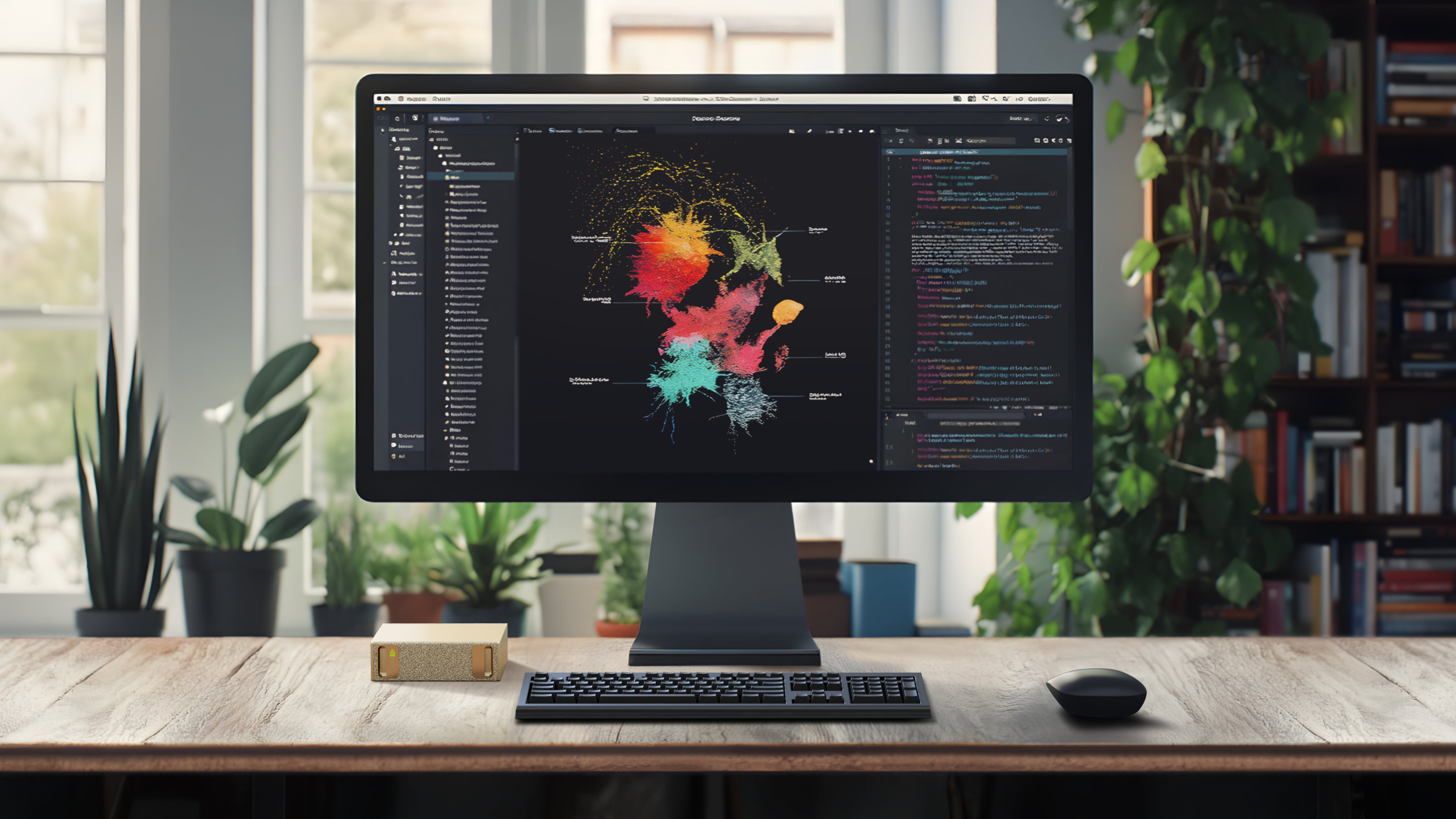
What does Nvidia have planned for 2025? Last year saw the American chip manufacturer become the world’s most valuable company, a position it vies for with Apple and (in third place) Microsoft. Its $3.5 trillion value has arisen out of its perfect placement as the key supplier for GPUs (graphics processing units), and their ever-increasing importance in AI, autonomous driving, robotics, gaming and mobile applications.

Nvidia CEO Jensen Huang
As a result, when Nvidia makes announcements, the business world tends to sit up and listen. CES 2025 was no different, and the champion chip maker’s keynote presentation, courtesy of CEO (and founder of the company, back in 1993) Jensen Huang was eagerly received.
Dressed in a black crocodile-pattern leather jacket, Huang is every inch the modern day tech CEO. Speaking at the Michelob Ultra Arena in Las Vegas’ Mandalay Bay Resort and Casino before a crowd of over 12,000 people, Huang is well aware that his company is intimately involved in reshaping the world.
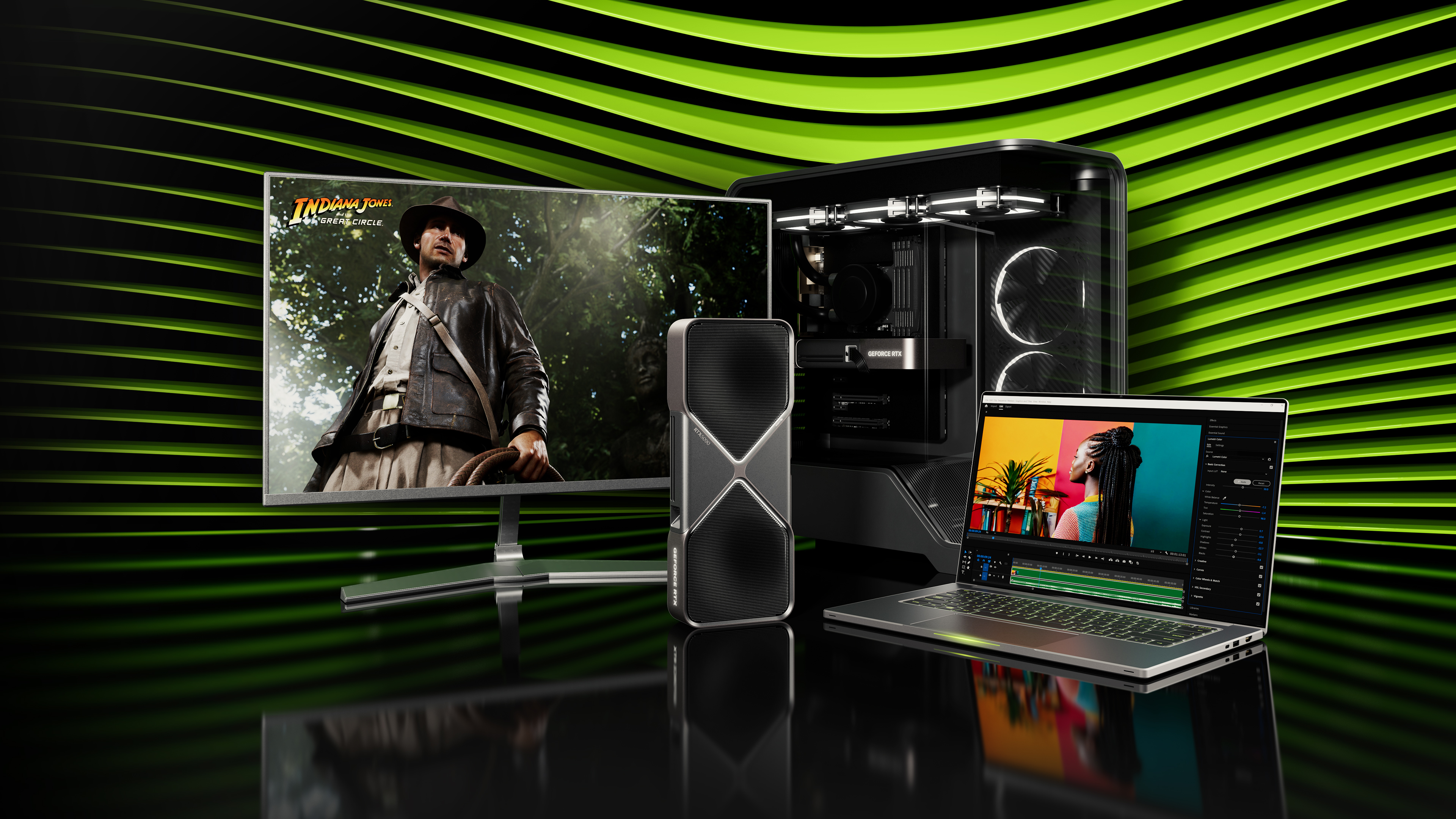
Nvidia Blackwell GeForce RTX 50 Series
Whether that reshaping is for good or ill still seems to be up for debate. Unsurprisingly, the keynote was heavy on the applications of AI, with new-generation silicon designed to handle the mighty processing load the technology requires.
This included the GeForce RTX 5000 Graphic cards series, crowned by the two thousand dollar RTX 5090, and the RTX 50-series of laptop GPUs. The flagship model here is nearly three thousand dollars, and comes with 24GB of graphics memory.
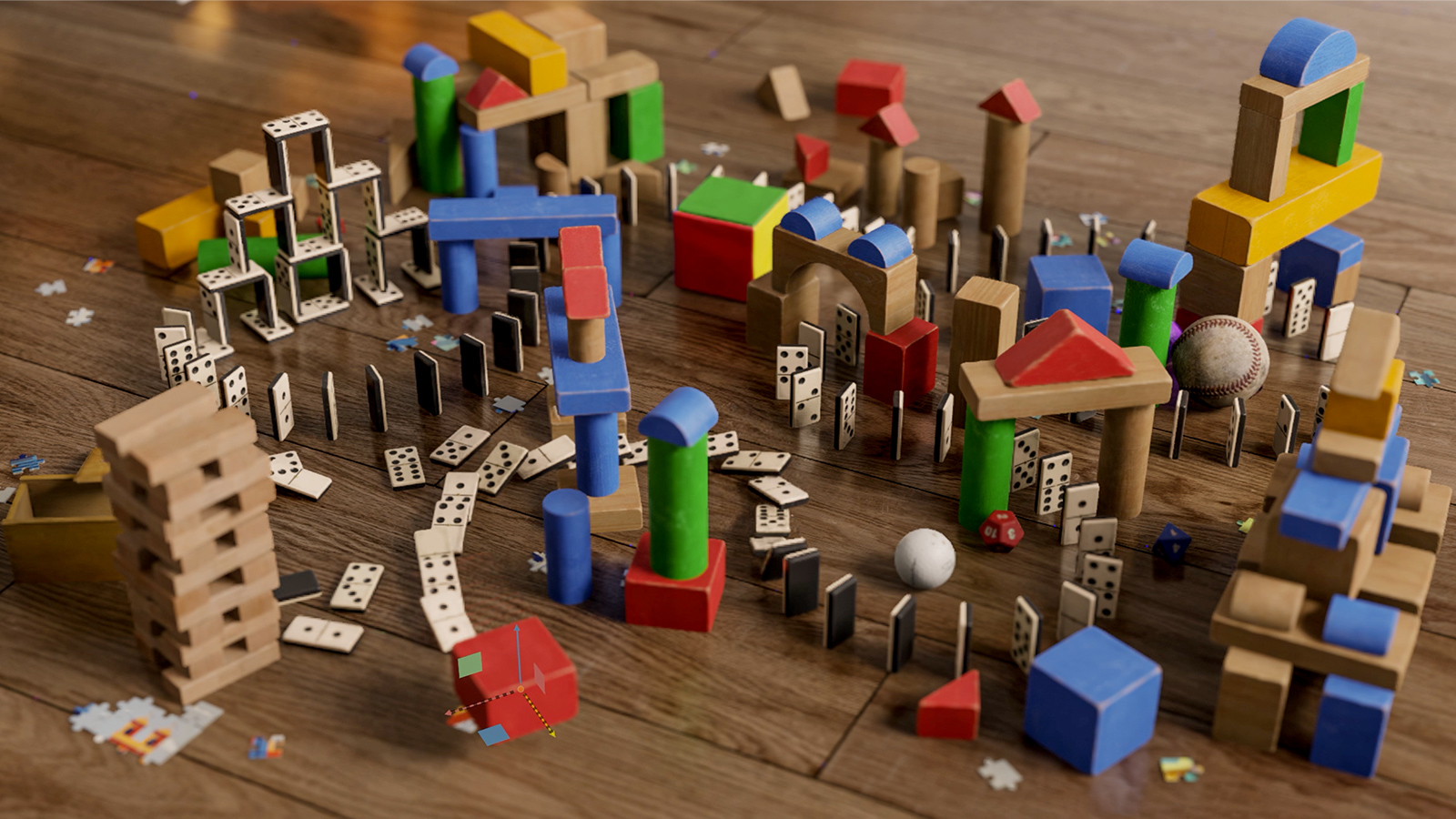
A simulation built in the Nvidia Omniverse
Computing power is on the up, with AI providing the impetus for manufacturers like Nvidia to ramp up the power – and price – of CPUs and GPUs to keep pace with the rapacious demands of the tech.
Of even more interest to the AI faithful was the announcement of GB10, a new AI-focused chip that blended Nvidia’s Blackwell GPU with the Grace CPU. The end result will be a new desktop computer, currently dubbed Project Digits, a monstrous machine that’ll start at $3,000 and be expandable all the way up to 128GB of memory.
Wallpaper* Newsletter
Receive our daily digest of inspiration, escapism and design stories from around the world direct to your inbox.
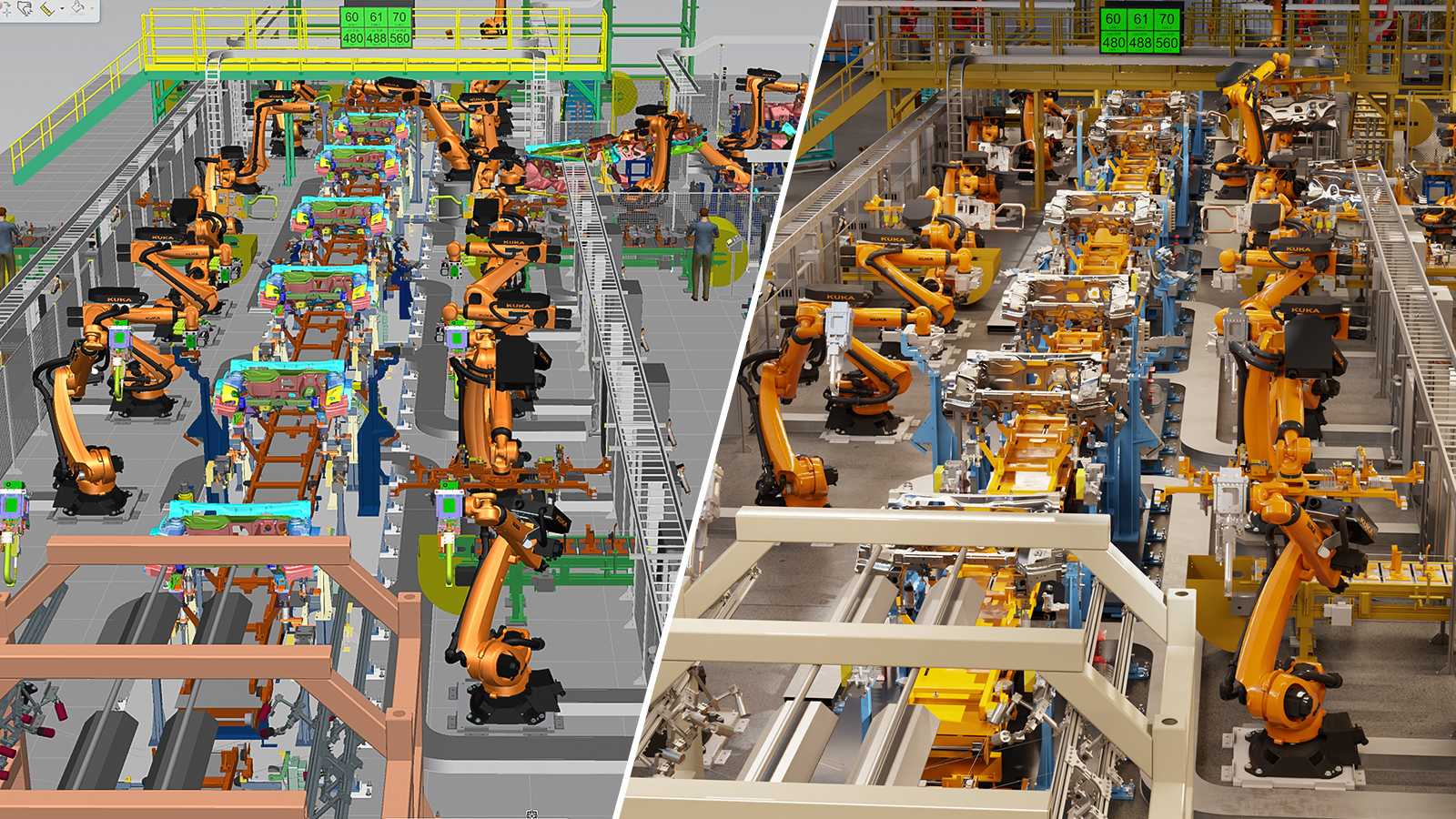
Siemens Process Simulate, on the left, connects to the Nvidia Omniverse (right) to create a 'full-design-fidelity, photorealistic, real-time digital twin'
Digits is designed for homebrew AI applications, ‘a personal AI supercomputer that provides AI researchers, data scientists and students worldwide with access to the power of the Nvidia Grace Blackwell platform’.
Of course, Nvidia is one of the leading providers of AI applications, be it data libraries or multiverses, and the ability to call upon a petaflop of AI computing performance – one thousand trillion operations per second – in a desktop device is a gateway to its systems (as an aside, the first machine to reach a petaflop was IBM’s 2008 Roadrunner supercomputer. That cost $100m).
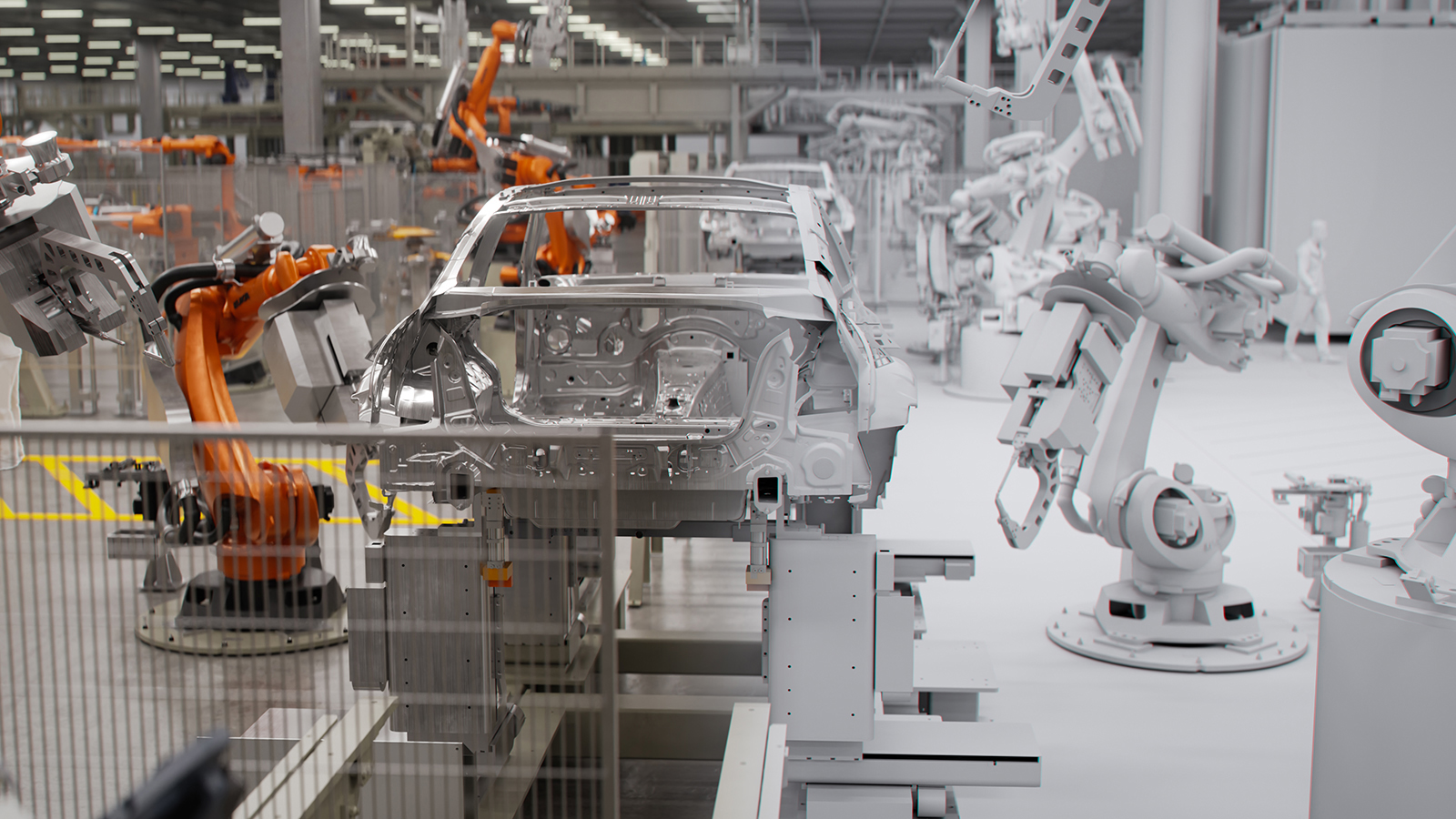
A BMW Group factory in Nvidia Omniverse
All this power isn’t just about deploying AI learning to large datasets. There’s also ultra-sophisticated graphic modelling. The RTX series can achieve remarkable visual fidelity, with a bespoke kit of rendering technologies unveiled at CES 2025. There’s also Nvidia’s much-vaunted Omniverse, a way of bridging the $5 trillion global market for IT and the even more substantial physical industrial market, the one that ‘relies on the movement of atoms’ (as if such a thing was outdated).
As the company notes, the world contains about ‘10 million factories, nearly 200,000 warehouses and 40 million miles of highways, … [a] vast network of production facilities and distribution centres [that] is still laboriously and manually designed, operated and optimised’.
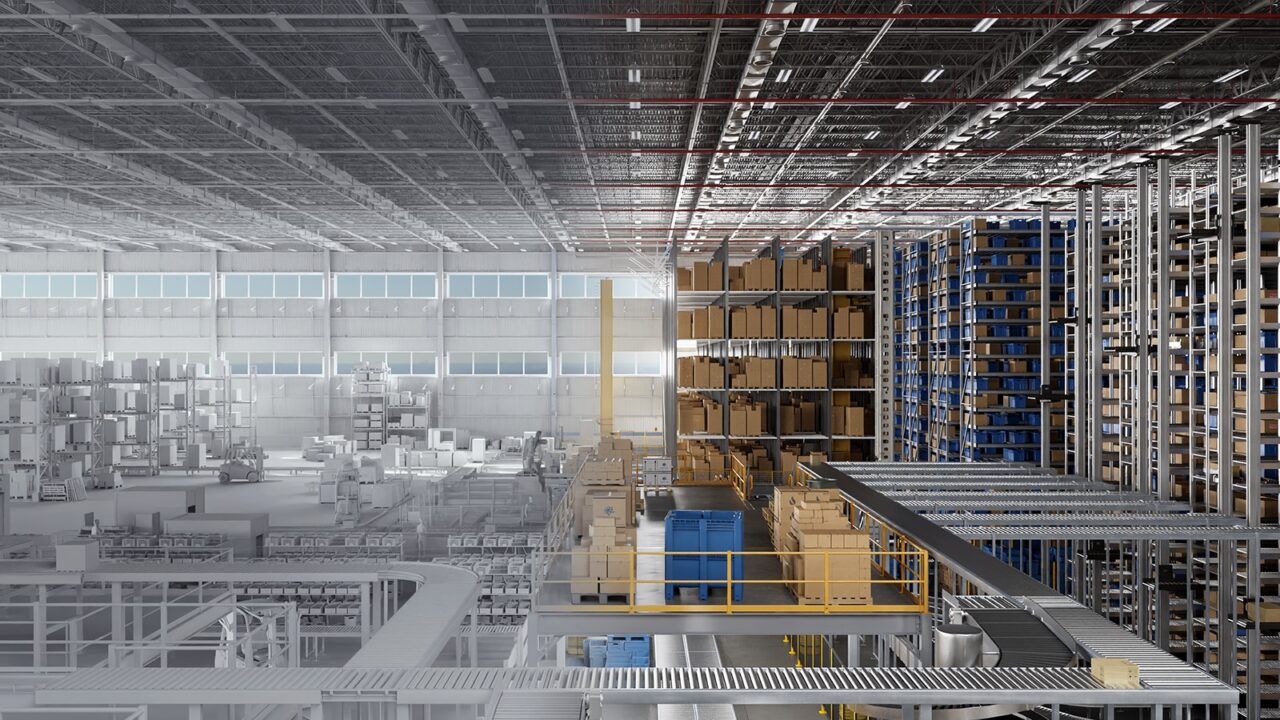
Factories and warehouse can be replicated within Nvidia Omniverse to test robotic processes
How can the two be unified? According to Nvidia, the answer is ‘Mega’, a system that builds digital twins of real-world infrastructure, right down to the physics, effectively planning the way warehouses and factories can be upgraded, streamlined automated before they’ve even come out of the ground.
This is something that architects like Zaha Hadid Architects are already working on, but Mega is on an even greater scale, a world simulator of unparalleled sophistication that’ll pave the wave for robotic integration into the working world, allowing robots ‘to be tested in an infinite number of scenarios within the digital twin’.
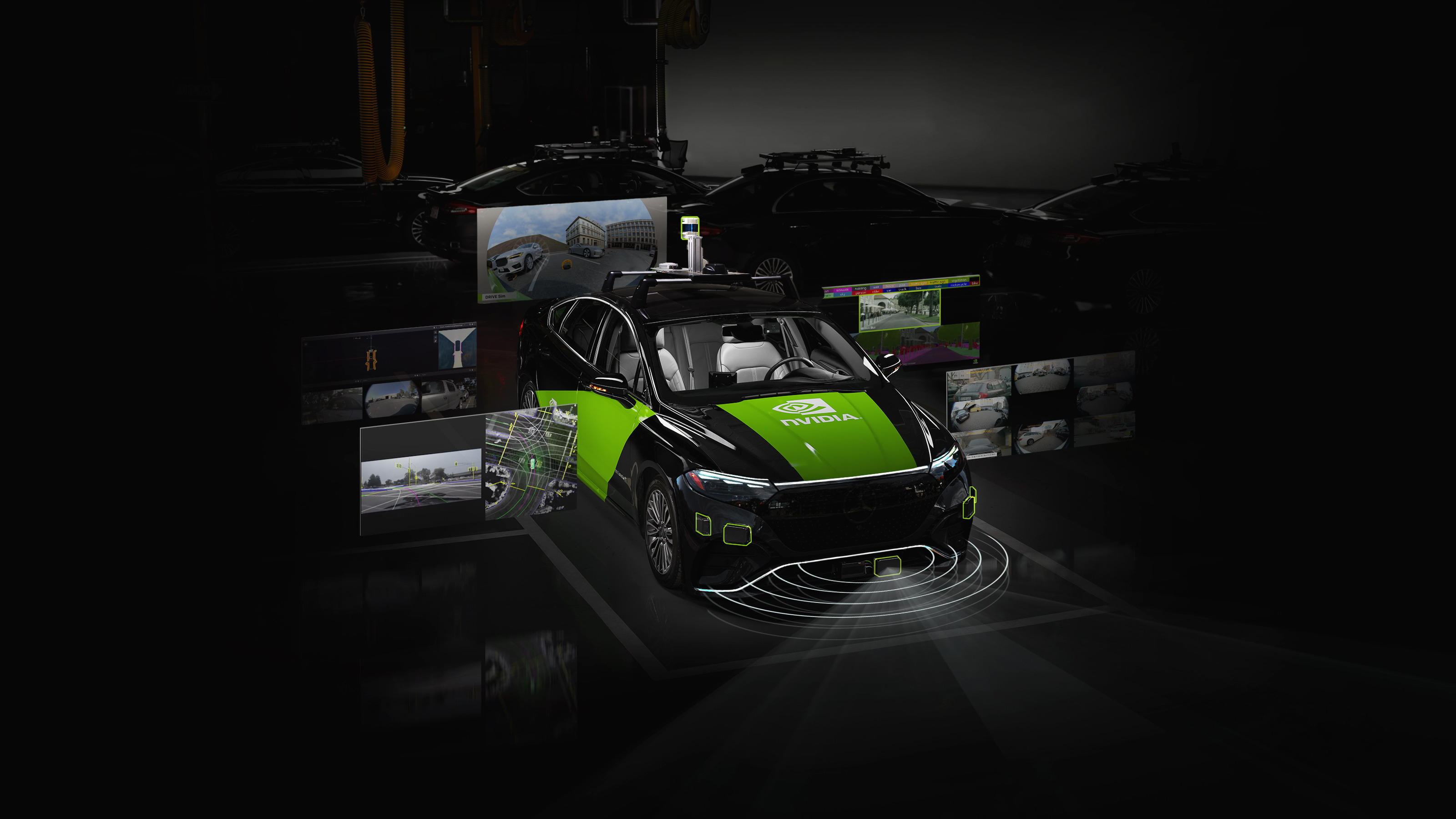
DRIVE AGX Hyperion, Nvidia’s autonomous vehicle platform
There were separate announcements regarding Toyota’s adoption of Nvidia-powered DriveOS systems – the world’s largest car maker and the world’s largest chip maker working together. The end game here is the development of increasingly sophisticated autonomous systems for both passenger and commercial vehicles using Drive AGX Hyperion, Nvidia’s autonomous vehicle platform, already in use by Mercedes-Benz, Volvo and JLR.
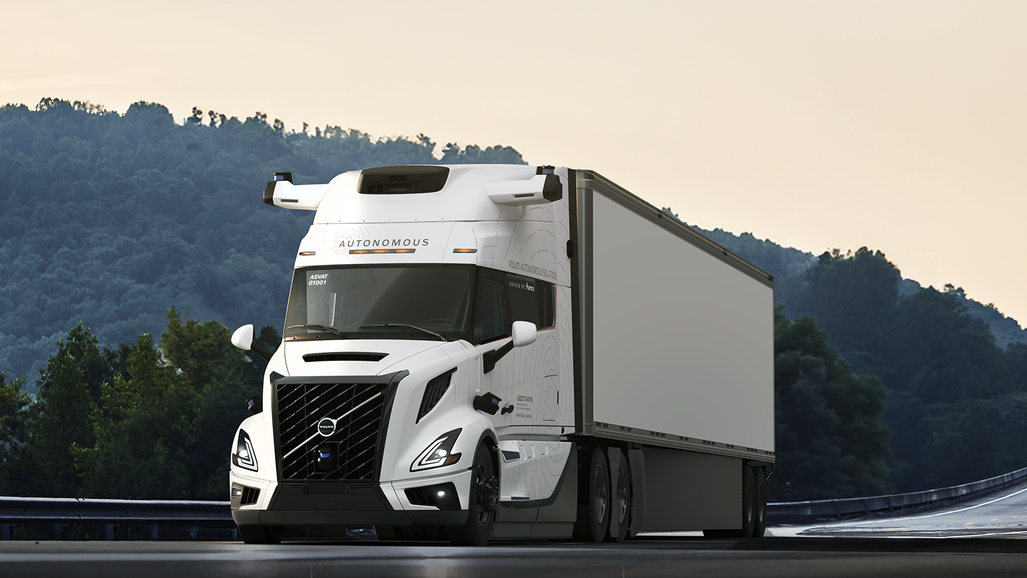
A concept from two new partners with Nvidia's autonomous systems, Aurora and Continental
For decades we’ve been living in a software-driven world, one that prioritised GUIs, ergonomics, muscle memory and hard-earned familiarity. Nvidia is betting the farm of the total ubiquity of AI-driven processes, from personal digital assistants to virtual worlds that’ll shape how the coming generations of robots mesh with the world of atoms. As a result, it looks like we’re the interface now; the future will be all about how computers decide to interact with us.
More tech reveals from CES 2025…
The robotic revolution just took a significant step forward with this compact home help
Yaber brightens home entertainment with two new compact projectors
Jonathan Bell has written for Wallpaper* magazine since 1999, covering everything from architecture and transport design to books, tech and graphic design. He is now the magazine’s Transport and Technology Editor. Jonathan has written and edited 15 books, including Concept Car Design, 21st Century House, and The New Modern House. He is also the host of Wallpaper’s first podcast.
-
 Marylebone restaurant Nina turns up the volume on Italian dining
Marylebone restaurant Nina turns up the volume on Italian diningAt Nina, don’t expect a view of the Amalfi Coast. Do expect pasta, leopard print and industrial chic
By Sofia de la Cruz
-
 Tour the wonderful homes of ‘Casa Mexicana’, an ode to residential architecture in Mexico
Tour the wonderful homes of ‘Casa Mexicana’, an ode to residential architecture in Mexico‘Casa Mexicana’ is a new book celebrating the country’s residential architecture, highlighting its influence across the world
By Ellie Stathaki
-
 Jonathan Anderson is heading to Dior Men
Jonathan Anderson is heading to Dior MenAfter months of speculation, it has been confirmed this morning that Jonathan Anderson, who left Loewe earlier this year, is the successor to Kim Jones at Dior Men
By Jack Moss
-
 Microsoft vs Google: where is the battle for the ultimate AI assistant taking us?
Microsoft vs Google: where is the battle for the ultimate AI assistant taking us?Tech editor Jonathan Bell reflects on Microsoft’s Copilot, Google’s Gemini, plus the state of the art in SEO, wayward algorithms, video generation and the never-ending quest for the definition of ‘good content’
By Jonathan Bell
-
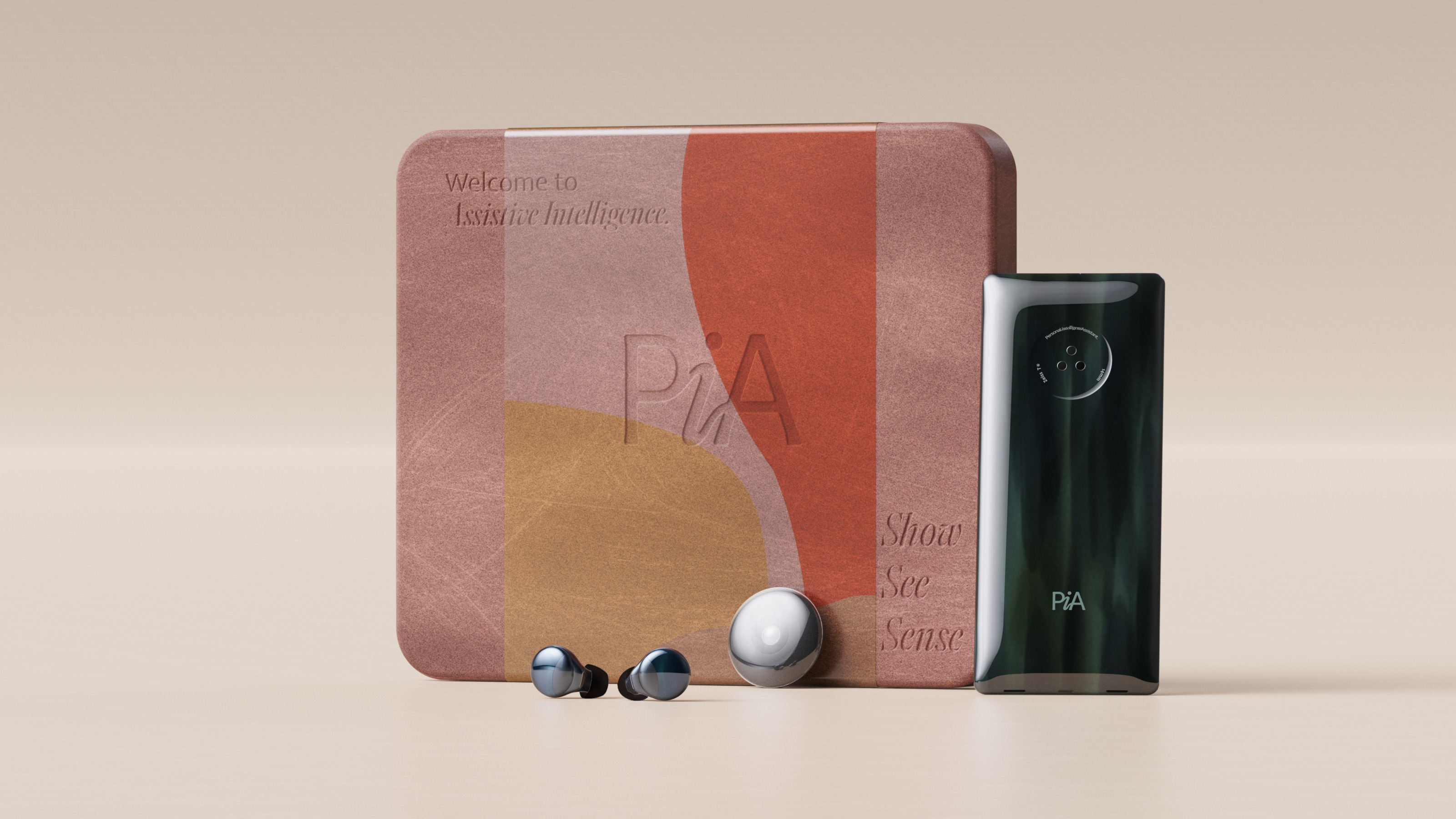 Layer conceptualises a next-gen AI-powered device: introducing the PiA
Layer conceptualises a next-gen AI-powered device: introducing the PiAPiA, the Personal Intelligent Assistant, is a conceptual vision of how AI might evolve to dovetail with familiar devices and form factors
By Jonathan Bell
-
 OpenAI has undergone its first ever rebrand, giving fresh life to ChatGPT interactions
OpenAI has undergone its first ever rebrand, giving fresh life to ChatGPT interactionsA new typeface, word mark, symbol and palette underpin all the ways in which OpenAI’s technology interacts with the real world
By Jonathan Bell
-
 Yves Béhar describes his approach to design, built around a core of sustainable processes and positive social impact
Yves Béhar describes his approach to design, built around a core of sustainable processes and positive social impactYves Béhar is the Swiss-born American founder of Fuseproject, a San Francisco-based multidisciplinary design studio with an outpost in Lisbon. Béhar's work is held in collections at both MoMA and SFMoMA and includes everything from mobility design to medical technology, robotics and high tech start-ups
By Yves Béhar
-
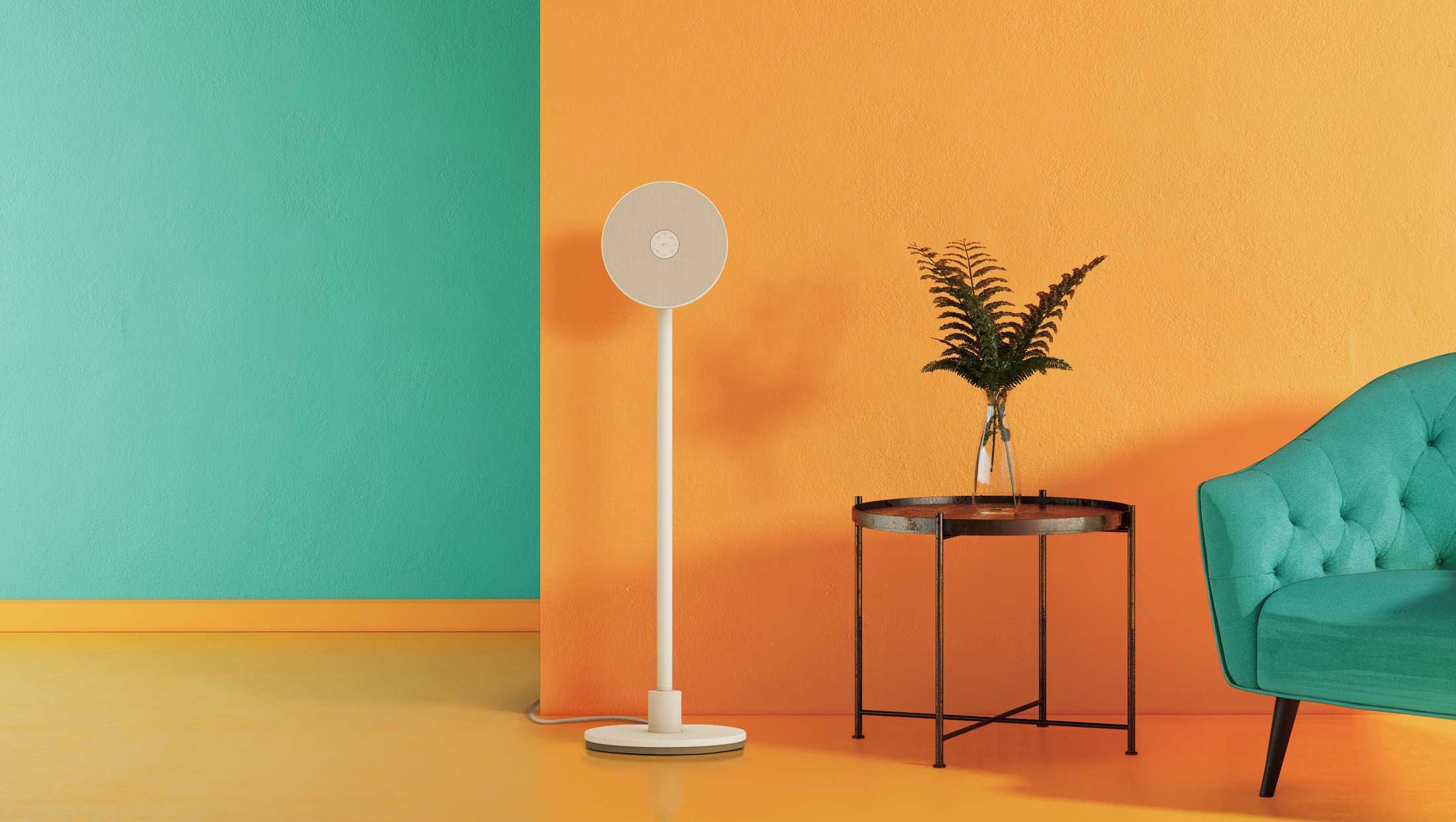 CES 2025: we select the best new tech for home and workplace
CES 2025: we select the best new tech for home and workplaceTen new devices that’ll help define the domestic realm and the world of work, should you wish to immerse yourself still further in the algorithmic mire
By Jonathan Bell
-
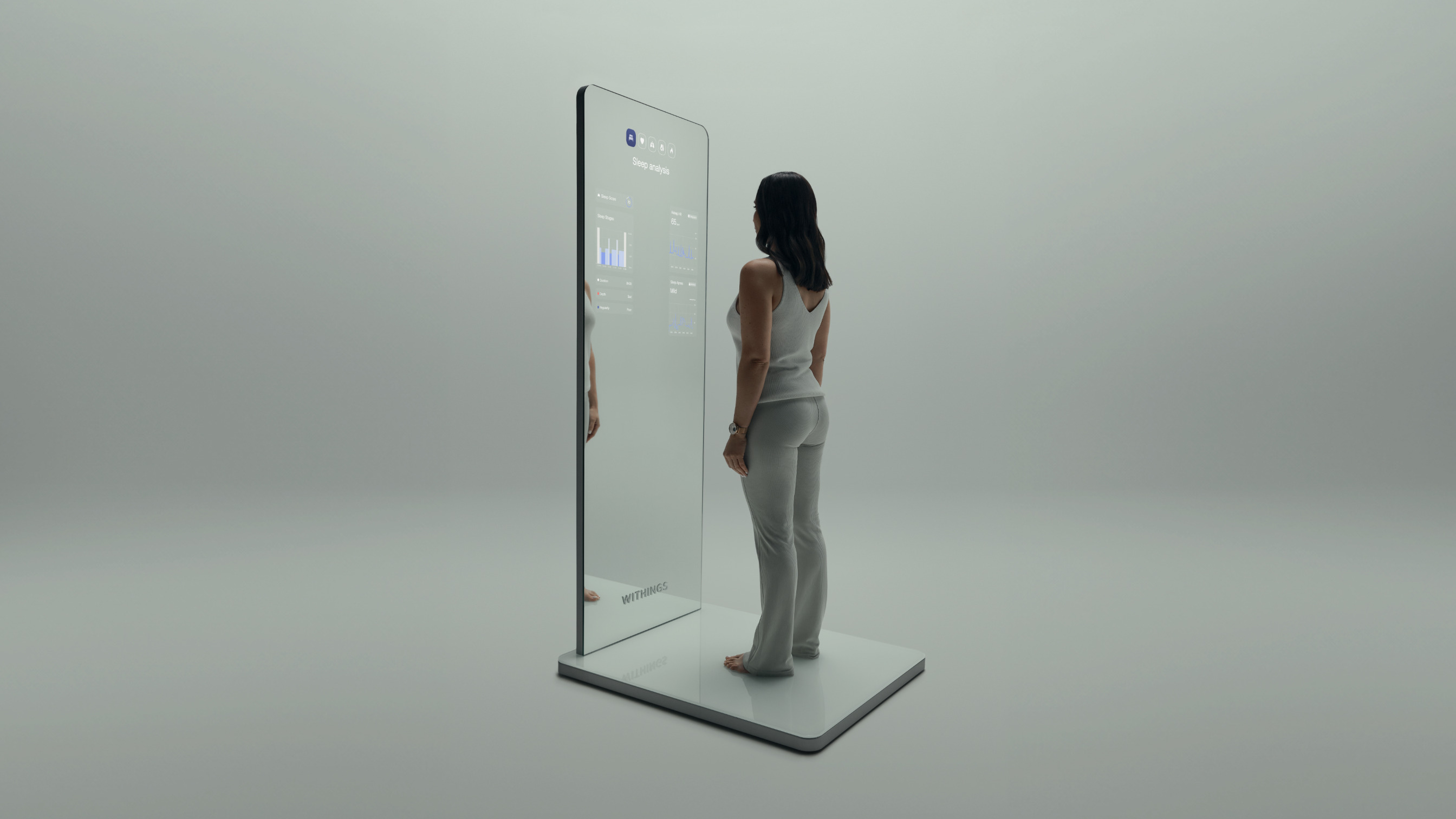 CES 2025: a collection of this year’s conceptual tech and real-world innovations
CES 2025: a collection of this year’s conceptual tech and real-world innovationsRobots of every shape and size were on display at CES, some with more promise than others, along with new approaches to art, health and entertainment
By Jonathan Bell
-
 CES 2025: best audio launches from Las Vegas
CES 2025: best audio launches from Las VegasThe news from CES was that good things come in small packages, at least when it comes to contemporary audio devices
By Jonathan Bell
-
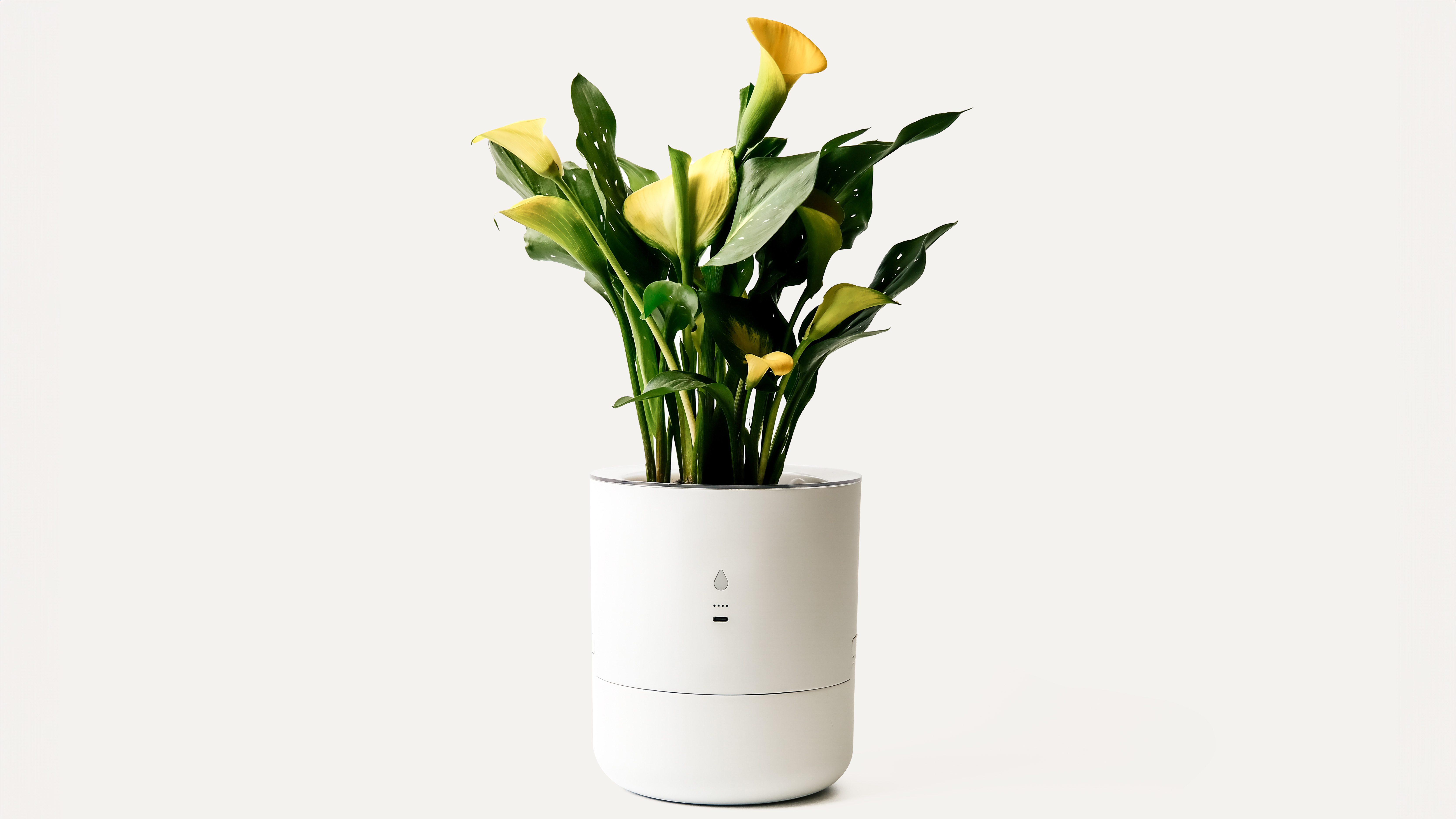 At CES, a self-watering pot that listens to your plant's needs
At CES, a self-watering pot that listens to your plant's needsHopeless with houseplants? This AI-assisted invention gives your little green friends a voice
By Jordan Bassett